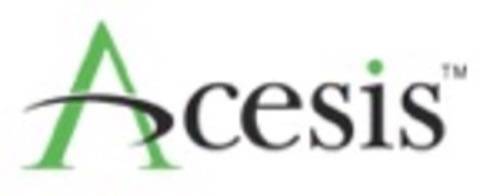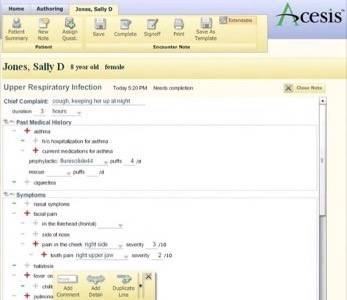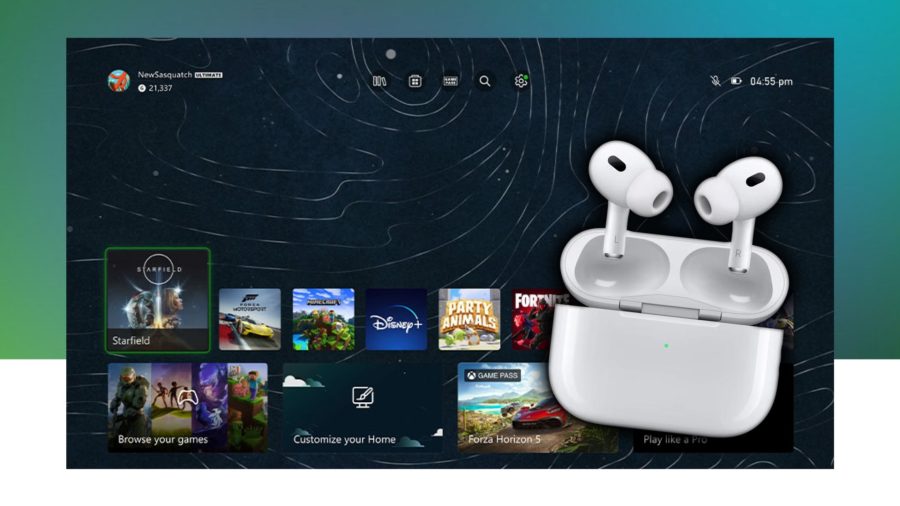One of the projects I’ve been most intrigued with here at DEMO is Acesis, a clinical data capture service that does two things of interest to me: it makes structured data collection simple and it brings Adobe’s Rich Internet Application platforms Flex and AIR into the enterprise.

Medicine is a space with a whole lot of data and a whole lot of money and while I won’t claim enough domain expertise to judge the merits of this company relative to other ventures in medical information – I do think they are doing some things that anyone in tech could find interesting.
Making Structured Data Input Easy for Users
Though the use of structured data is unsurprising in medicine, one thing we’ve always questioned here is whether it’s viable to expect users to create the structure for their data. On one hand semantic-savy applications sometimes require too much extra effort by users in order to assign semantic metadata. On the other hand, complex data sets (in medicine, for example) can require that long and inflexible forms be filled out in order to create structure.
Acesis takes a different approach. Their desktop AIR app lets users (clinicians) fill out forms created in response to patient web input, create forms on the fly and extend upon forms with input turned to XML on the fly. They say it’s a smart (responsive) document authoring system and that seems an apt description.
The forms present users with one question at a time and branch out subsequent options based on their replies. CEO Kevin Chesney told me that the company integrates five different licensed vocabularies from different fields and ties them together using XML. Users can rearrange or pull in fields at any point in the process. Individual fields can be given different security and permissions and the user experience on a tablet PC looked good.

A similarly sophisticated, yet usable approach is fun for me to imagine in the consumer world. It’s the kind of paradigm that I could imagine serving professionals well in a wide variety of industries.
Using AIR for Serious Apps
I was particularly intrigued by the company’s use of Adobe’s Flex and AIR platforms. Chesney’s previous work brought these same technologies into the Real Estate market – so don’t assume that colorful microblogging desktop apps are the only AIR apps coming to market.
Chesney told me that after years of pushing AJAX to its limits, the rich libraries available for Flex let them take the interface to a whole different level. It also allowed one code base to be used on the desktop by physicians, a substantial number of whom I was surprised to hear are Mac users, and across any browser with no AIR download thanks to the browser compatibility work that Adobe has already done.
I think there are some interesting things going on at Acesis that people in a wide variety of markets could appreciate thinking about.





















